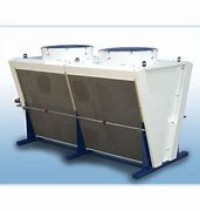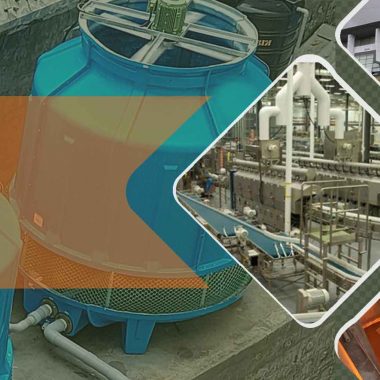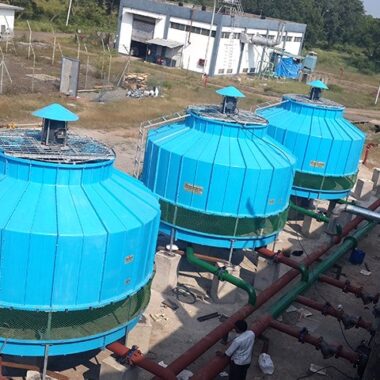Applications of Dry Cooling Towers
Applications of Dry Cooling Towers
Dry cooling towers, moreover known as air-cooled heat exchangers, discover applications in different businesses where water preservation, natural controls, or particular operational prerequisites make them a appropriate choice. Here are a few common applications of dry cooling towers:
1. Power Plants:
Application: Dry cooling towers are broadly utilized in control plants, counting fossil fuel control plants and concentrated sun oriented control plants. They offer assistance within the condensation of steam within the control era cycle without the require for water-intensive cooling.
2. Petrochemical and Refining Industries:
Application: Dry cooling towers are utilized in refineries and petrochemical plants for cooling different forms, such as the condensation of hydrocarbons and the cooling of prepare liquids in refining units.
3. Chemical Processing:
Application: Dry cooling towers are utilized in chemical preparing plants for cooling responses, condensing vapors, and keeping up ideal temperatures in different chemical forms.
4. Natural Gas Processing:
Application: Dry cooling towers play a part within the cooling of normal gas in handling offices, supporting within the liquefaction or conditioning of the gas for transportation.
5. Data Centers:
Application: In a few cases, dry cooling towers are utilized in information centers to scatter heat created by the servers. This makes a difference in keeping up an ideal working temperature without the require for water-based cooling systems.
6. Manufacturing and Industrial Forms:
Application: Dry cooling towers discover application in different fabricating industries, such as steel generation, car fabricating, and nourishment handling, where mechanical forms produce heat that must be disseminated.
7. HVAC Systems:
Application: Dry cooling towers are some of the time coordinates into large-scale HVAC (heating, Ventilation, and Discuss Conditioning) systems for commercial and mechanical buildings, giving productive discuss cooling without water utilization.
8. Natural Considerations:
Application: Dry cooling towers are chosen in locales where water shortage could be a concern or where natural controls limit the utilize of water for cooling. They offer a more maintainable elective in terms of water preservation.
9. Combined heat and Control (CHP) systems:
Application: Dry cooling towers may be joined into combined heat and control systems, where squander heat from control era is utilized for heating purposes.
10. Mining Operations:
Application: Dry cooling towers are utilized in mining operations for cooling gear and forms, making a difference to disseminate heat created amid mining exercises.
11. Natural and Renewable Energy Projects:
Application: Dry cooling towers are considered in different natural and renewable vitality ventures, particularly in locales where water accessibility is constrained or where minimizing water utilization may be a need.
Whereas dry cooling towers offer preferences interns of water preservation and diminished natural affect, their effectiveness may be affected by variables such as encompassing discuss temperature and stickiness. The choice between dry and damp cooling systems depends on particular extend necessities, natural contemplations, and territorial components.





Integration of Dry Cooling Towers in Renewable Energy Projects - Cool Fab Equipments January 20, 2024 at 7:59 pm
[…] researchers and specialists can gain a comprehensive understanding of the integration of dry cooling towers in renewable energy projects, contributing to sustainable and efficient power generation […]